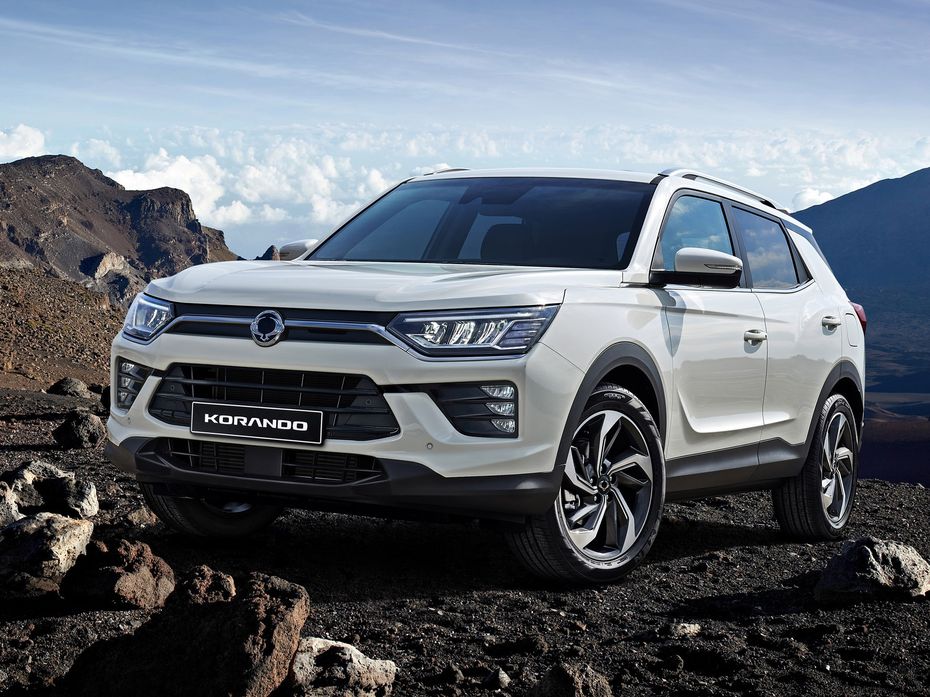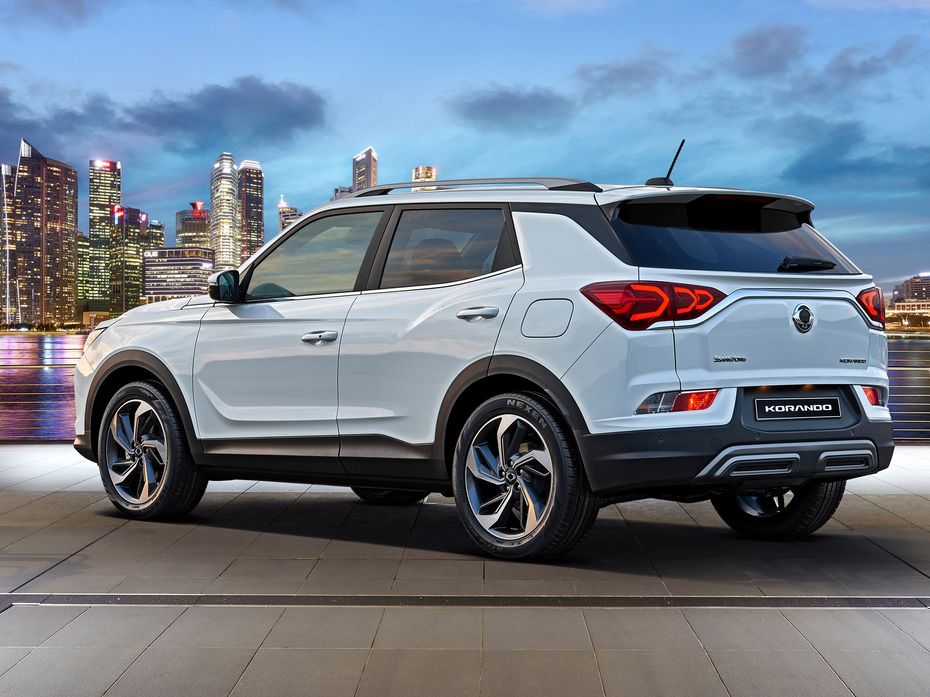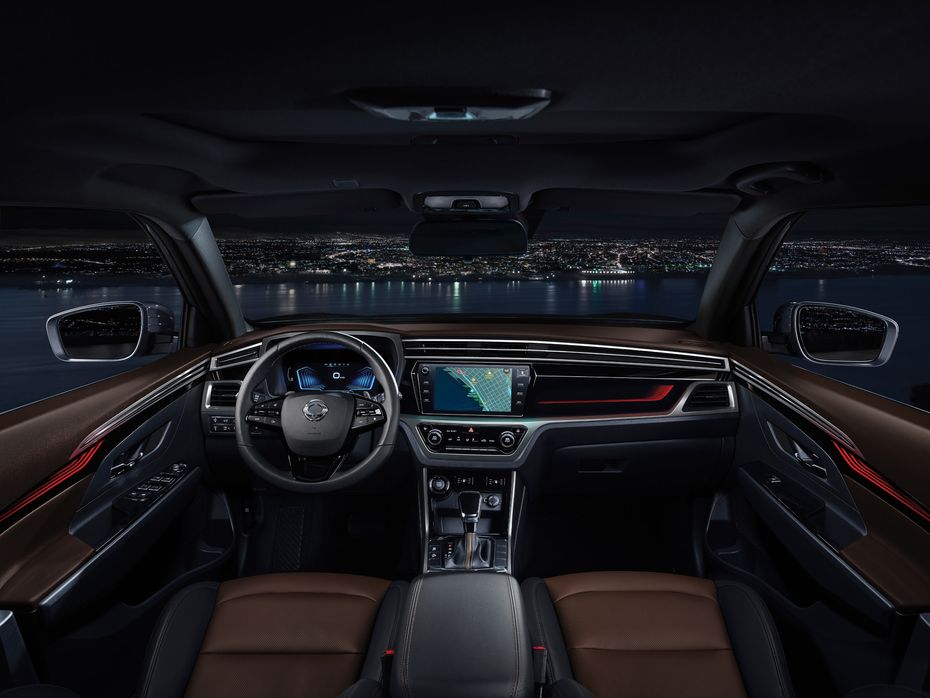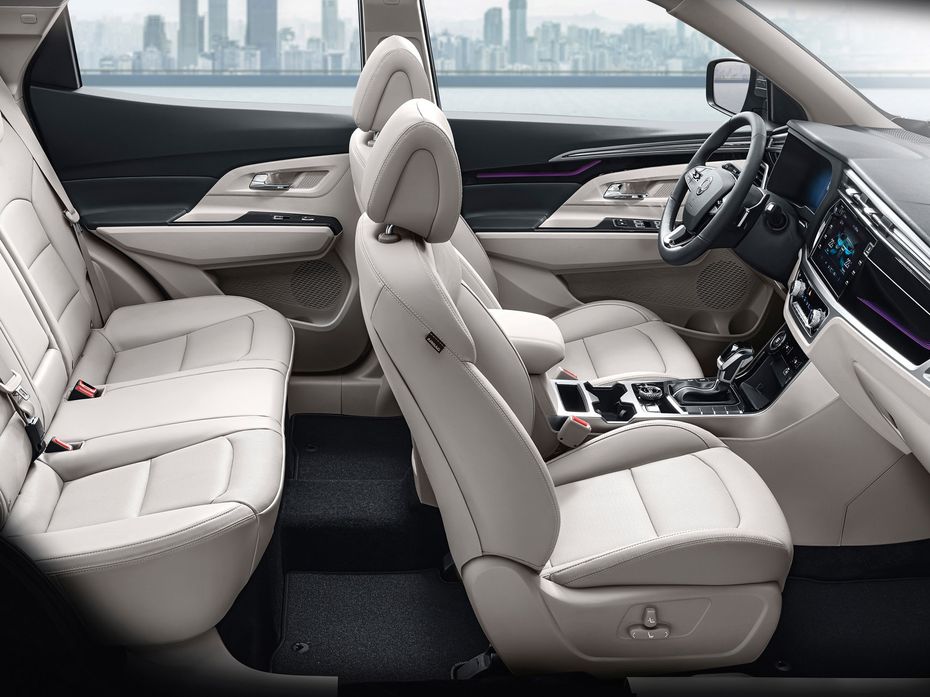
Mahindra XUV500 Gets Apple CarPlay
- Jul 12, 2019
- Views : 6152


New Korando based on SIV-2 concept first seen in 2016.
Offered with 1.5-litre petrol and 1.6-litre diesel engines abroad.
SsangYong to offer an EV version in Europe in early 2020.
Mahindra could launch it with all three powertrains in India.
Next-gen XUV500 will go up against the Tata Harrier.

Mahindra’s South Korean subsidiary, SsangYong, has pulled the wraps off the fourth-gen Korando SUV at the ongoing 2019 Geneva Motor Show. The Korando is not only an important SUV for SsangYong, which aims to increase its market share in Europe, but also for Mahindra. The homegrown carmaker is expected to discontinue the current-gen XUV500 and replace it with the Korando. So let’s take a closer look at the latest SUV, shall we?
The Korando borrows design cues from the SIV-2 concept that was showcased at the 2016 edition of the premier motor show. It is based on a stretched version of the X100 platform that underpins the SsangYong Tivoli and the recently launched Mahindra XUV300. The SUV looks quite sleek, especially when compared to the current-gen XUV500, thanks to its sleek new grille and airdam, full LED headlamps, a strong shoulder line, flared rear wheel arches and chunky roof rails. At the rear, the SUV gets wraparound all-LED tail lamps.

The new Korando is 4410mm long, 1830mm wide and 1675mm tall, making it 175mm shorter, 60mm narrower and 110mm lower than the current-gen XUV500. The wheelbase is rated at 2650mm. Since India loves its SUVs big, expect Mahindra to modify the Korando extensively. Luggage capacity ranges from 551 litres with all the seats up to 1,248 litres with the second row folded.
On the inside, the new Korando offers better headroom and rear seat space than its predecessor. SsangYong says it even outclasses its competitors. Up front, the dashboard gets a driver-oriented setup with a 9-inch touchscreen infotainment system and a 10.25-inch full-colour LCD instrument cluster taking pride of place. The driver even gets a four-way adjustable seat with lumbar support. There’s even ambient lighting on offer.

There’s a host of safety features available too, including autonomous energy braking (AEB), lane departure warning, lane keeping assist, dual airbags for driver and front seat passenger, knee airbag for the driver, side airbags for front passengers, airbags on/off switch, ISOFIX child seat anchor points, electronic stability programme with ABS, traction control and hill descent control, hill start assist and active roll-over protection, among others.

As for convenience, the Korando packs everything you’d expect from an SUV in its segment - cruise control, heated windscreen, automatic headlights and automatic wipers. It also packs in the latest in-car technology, including Apple CarPlay, Google Android Auto and a sat nav system from TomTom that can be projected on both the infotainment screen as well as the instrument cluster.
Let’s move onto the most important bit then - the engines. The Korando was unveiled with two engine options - an all-new 1.5-litre turbo petrol and an updated 1.6-litre diesel engine. The petrol motor delivers 163PS of power and 280Nm of torque, while the diesel unit churns out 136PS and 324Nm. SsangYong claims the diesel engine gives the Korando an impressive towing capacity of two tonnes. Both engines will be offered with automatic start/stop. Power is sent to the front wheels via a 6-speed manual or a 6-speed AISIN automatic ‘box. SsangYong says it will introduce an all-electric version of the Korando in Europe early next year. Expect this electric powertrain to feature in the next-gen XUV500 too.


Mahindra XUV500 Gets Apple CarPlay

Tata Altroz Revealed; Premium Rival To Baleno and Elite i20?

Production Tata H2X To Debut At 2020 Auto Expo: Launch Slated For...

Mahindra XUV500 Discontinued In India, XUV700 Now Takes Its Position

Mahindra XUV500 Nameplate To Comeback As A Stronger Creta, Harrier...

Base-spec Mahindra XUV500 W5 Bookings On Hold Due To Supply Issues

Mahindra XUV500 Regains Its Automatic Transmission; Launched At Rs...

EXCLUSIVE: BS6 Mahindra XUV500 Prices Revealed In India Ahead Of...
 Mahindra XUV700
Mahindra XUV700
 Toyota Fortuner
Toyota Fortuner
India's largest automotive community
 Here Are Some Adrenaline Pumping Experiences From Auto Expo 2025 That You Should Not Miss!
Here Are Some Adrenaline Pumping Experiences From Auto Expo 2025 That You Should Not Miss!
 All You Need To Know About The Surprise Element At Auto Expo 2025: BMW iX1 LWB
All You Need To Know About The Surprise Element At Auto Expo 2025: BMW iX1 LWB
 Hyundai Creta Electric Reaches Dealerships, Here’s A List Of Its Pros And Cons Before You Check It Out!
Hyundai Creta Electric Reaches Dealerships, Here’s A List Of Its Pros And Cons Before You Check It Out!
 MG Showcases A PHEV At Auto Expo 2025: The MG HS PHEV
MG Showcases A PHEV At Auto Expo 2025: The MG HS PHEV
 Mahindra Scorpio N
Rs. 13.99 Lakh
Mahindra Scorpio N
Rs. 13.99 Lakh
 Mahindra Thar ROXX
Rs. 12.99 Lakh
Mahindra Thar ROXX
Rs. 12.99 Lakh
 Mahindra Bolero
Rs. 9.79 Lakh
Mahindra Bolero
Rs. 9.79 Lakh
 Mahindra XUV700
Rs. 13.99 Lakh
Mahindra XUV700
Rs. 13.99 Lakh
 Mahindra Scorpio
Rs. 13.61 Lakh
Mahindra Scorpio
Rs. 13.61 Lakh
 Hyundai Creta
Rs. 11.10 Lakh
Hyundai Creta
Rs. 11.10 Lakh
 Tata Punch
Rs. 5.99 Lakh
Tata Punch
Rs. 5.99 Lakh
 Mahindra Thar ROXX
Rs. 12.99 Lakh
Mahindra Thar ROXX
Rs. 12.99 Lakh
 Tata Nexon
Rs. 7.99 Lakh
Tata Nexon
Rs. 7.99 Lakh
 Mahindra XUV700
Rs. 13.99 Lakh
Mahindra XUV700
Rs. 13.99 Lakh